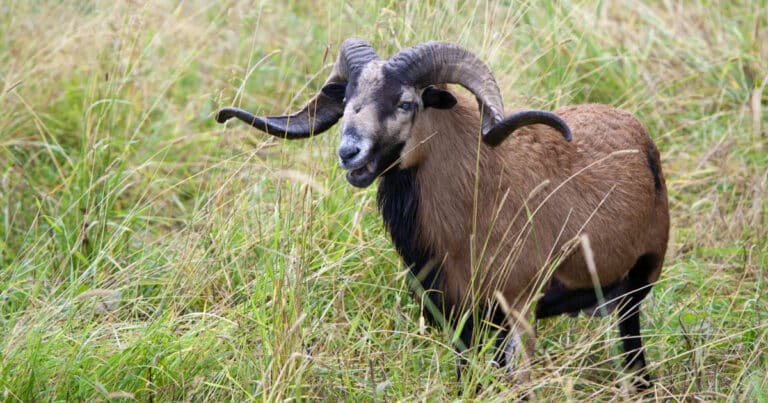
American Blackbelly Sheep
American Blackbelly sheep are distinct among hair sheep breeds due to their exotic look and dark black facial bars. Often described as “badger-faced,” the American
Unlike sheep in other categories, our list of hair sheep breeds don’t grow wool at all – rather they are bred with an emphasis on meat production and each possesses a rugged hair coat which adapts to the environment and conditions in which they live.
Many of the hair sheep breeds listed below are renowned for their hardiness and resistance to parasites, making them the perfect choice for breeders who aren’t interested in the annual cost of wool production.
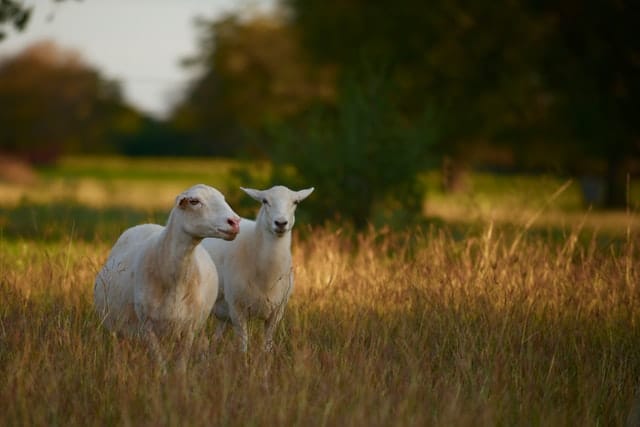
One reason hair sheep breeds are gaining in popularity is the low annual maintenance required to tend to a flock of hair sheep.
While often compared to goats (because they don’t have wool), hair sheep are not goats.
Children may be excited about the relative lack of work required to prepare their hair sheep for the show ring, but one downside to showing hair sheep is the fact that they are still relatively rare in the US. It’s likely that youth will not have many others to show against within these breed categories as most people who raise hair sheep do so on commercial sheep farms or small hobby farms.
For more information about any of the hair sheep breeds listed below please click through to the individual breed pages.

American Blackbelly sheep are distinct among hair sheep breeds due to their exotic look and dark black facial bars. Often described as “badger-faced,” the American
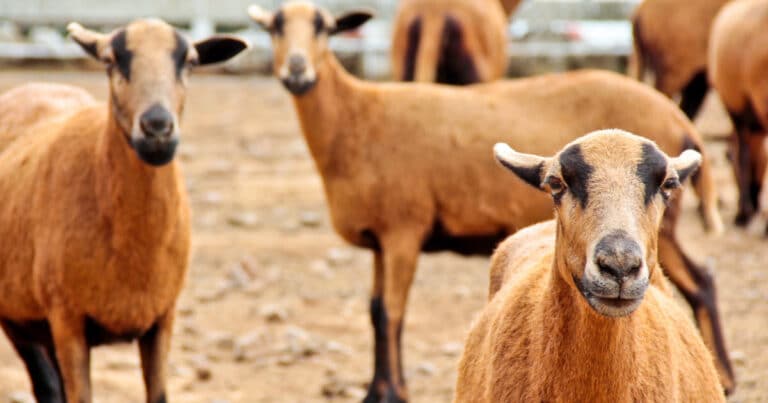
The Barbados Blackbelly sheep breed is native to Barbados, one of the Caribbean Islands. The breed is a direct descendant of West African sheep introduced
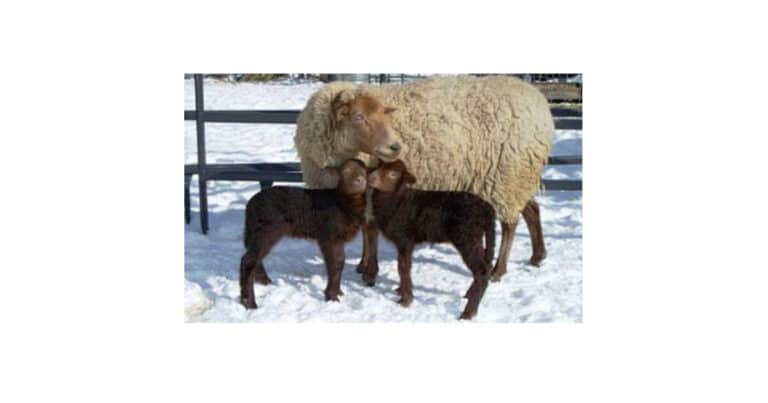
The California Red sheep breed is originally from the University of California after combining the Barbados Blackbelly and Tunis breeds. Unlike the other hair breeds,
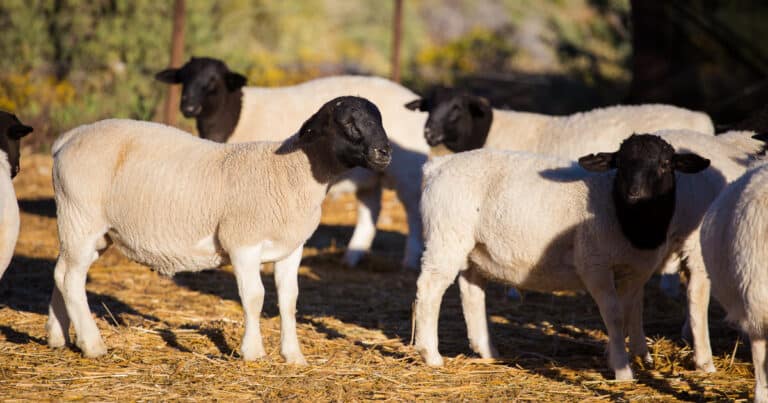
The Dorper is a breed of sheep that originated in the south of Africa in the 1940’s. It is the product of cross-breeding between the
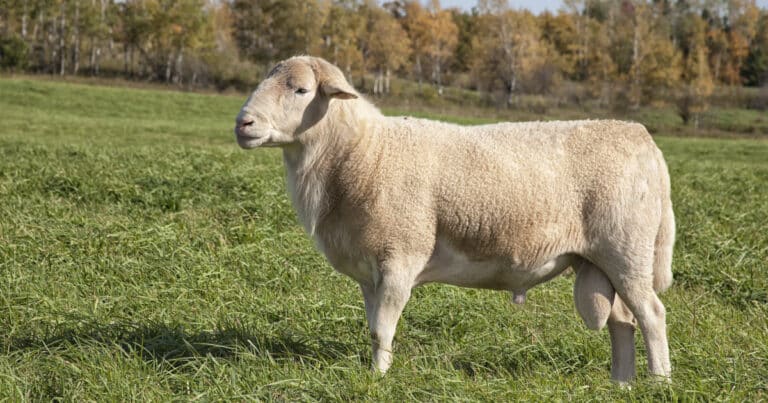
The Katahdin sheep breed originated from crossing the Wiltshire Horn, Suffolk and St. Croix breeds of sheep. The Katahdin breed was developed in Maine and
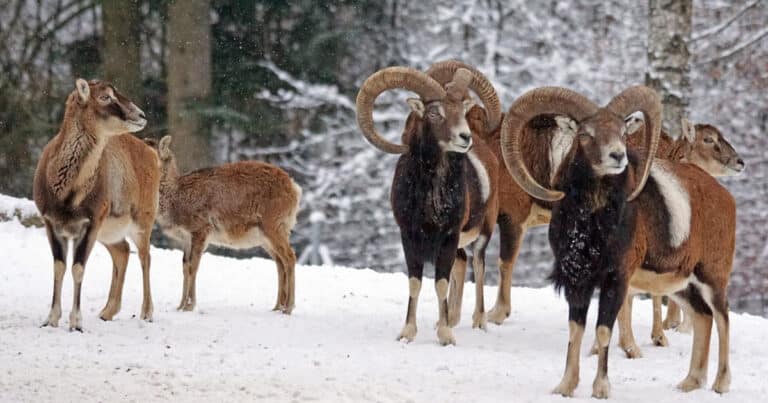
It’s thought that Mouflon Sheep (Ovis orientalis orientalis) are one of two sheep breeds which are an ancestor for all domestic sheep. The dramatic, wild appearance of the
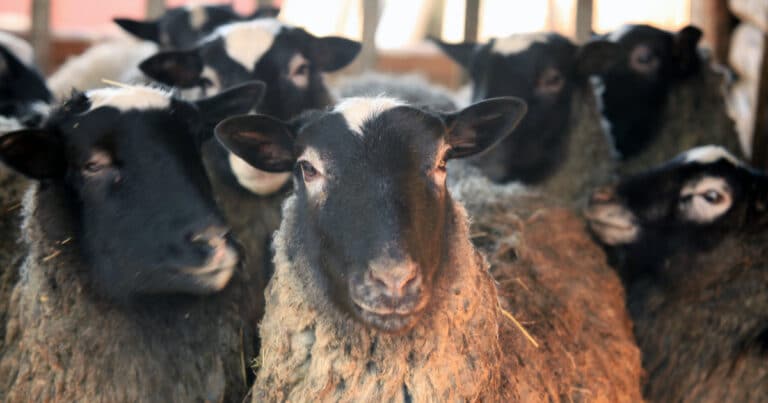
The Romanov sheep breed is originally from the valley of Volga in Moscow’s northeastern region. The name Romanov is derived from the former Russian royal
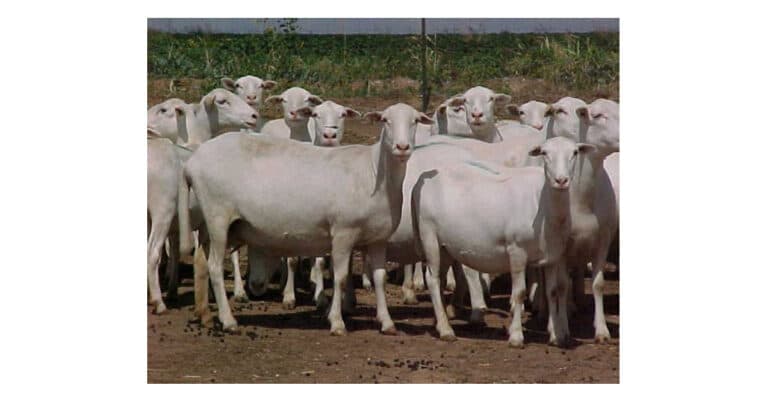
The Royal White Sheep is a relatively new breed that was created by the Dorpochoix Sheep Farm in Hermeleigh, Texas. William Hoag is credited for
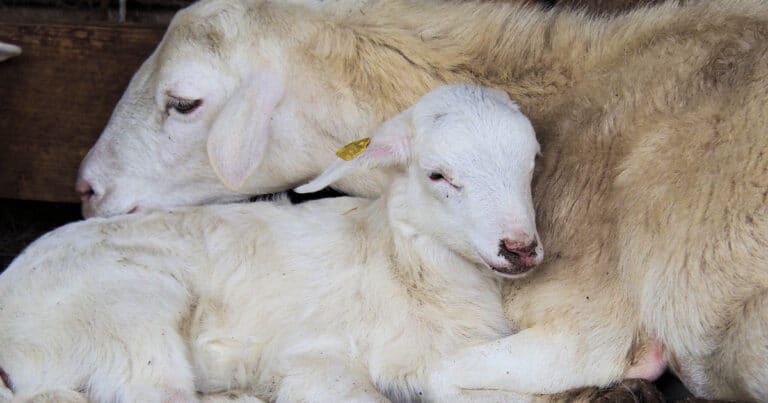
The St Croix sheep breed originated in the Virgin Islands and as a result it is sometimes referred to as the Virgin Island White. These